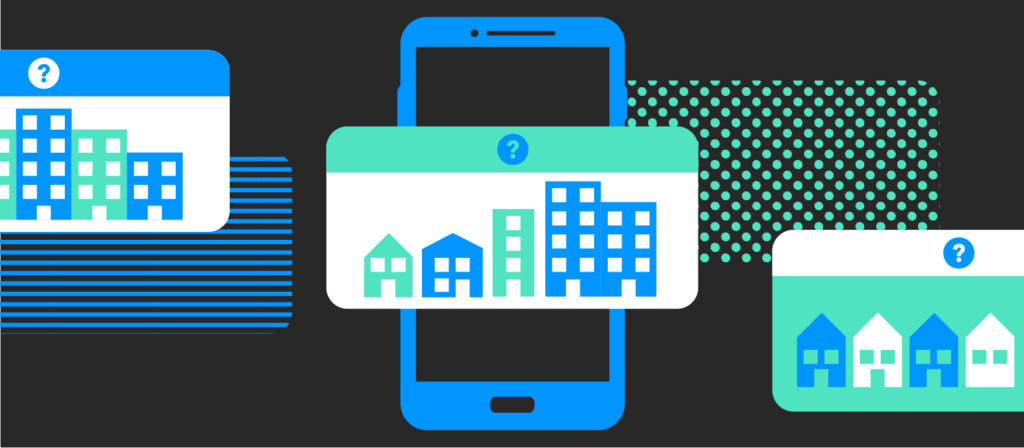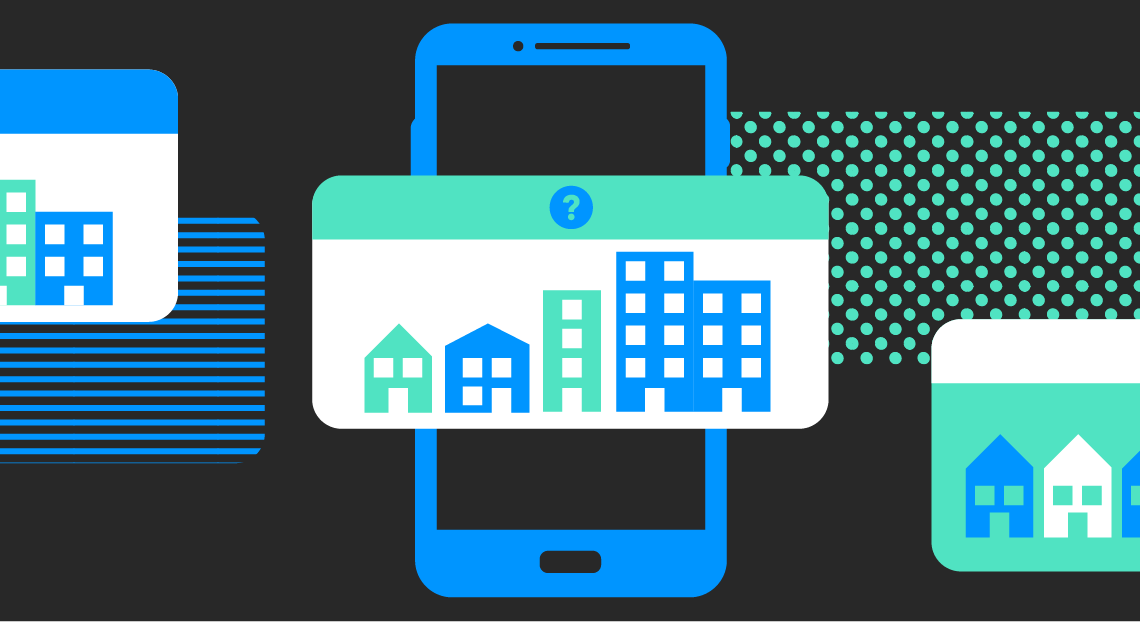
Introduction:
In-app messaging is a powerful tool for marketers to engage users within mobile apps. To maximize its effectiveness, it’s essential to follow best practices that ensure your messages are crisp, clear, and easily understandable. In this blog post, we will explore the top in-app messaging best practices that marketing teams can implement to enhance user engagement and overall experience.
Contextual Relevance:
Ensure your in-app messages are relevant to the user’s current context or behavior within the app.
- Use triggers such as specific actions taken by the user (e.g., completing a level, adding items to cart)to deliver timely and targeted messages.
- Align message content with where users are in their journey,to provide valuable information or guide them through next steps.
- Concise and Clear Messaging:
Keep your in-app messages concise,focused,and easy-to-understand.
- Use short sentences,bullet points,and simple language to convey your message effectively.
- Highlight key information using bold text or visual cues,to capture attention quickly.
- Personalization:
Leverage user data available from app analytics or CRM systems,to personalize your in-app messages
- Address users by their name,increase personalization impact
- Tailor recommendations based on their past interactions,purchase history,demographics etc.to make the message more relevant
- Utilize dynamic fields like location,time of day,user preferences etc.,to further customize each message
- Visual Appeal:
Design visually appealing in-app messages that align with your brand identity but also stand out within the app interface.
- Incorporate eye-catching colors,great typography,and high-quality visuals that grab attention while maintaining consistency with brand guidelines
- Ensure readability on different screen sizes,resolutions,and orientations,making sure all elements scale correctly across devices
- Strategic Placement:
Place your in-app messages strategically within the app interface for maximum visibility and impact.
- Consider the user flow and choose appropriate moments to display messages without interrupting or frustrating users.
- Avoid blocking important content or essential app functionality with your message,ensuring a seamless user experience.
- Clear Call-to-Action:
Include a clear call-to-action (CTA) in your in-app messages to guide users towards the desired action.
- Use actionable language that clearly communicates what you want users to do (e.g., “Shop Now,””Learn More,””Start Free Trial”).
- Make sure CTAs are noticeable,enough contrast from other elements,and easily clickable/tappable for smooth interaction.
- Testing and Optimization:
Regularly test different variations of your in-app messages to optimize their performance over time.
- Conduct A/B tests with different copy,text placement,designs,or CTAs,to identify what resonates best with your audience
- Analyze key metrics such as click-through rates,time spent on app screens after seeing the message,and conversion rates,to make data-driven decisions for future campaigns
Conclusion:
Implementing these best practices will help marketing teams create effective in-app messaging strategies that enhance user engagement and overall experience within mobile apps. By delivering contextually relevant,content-rich,and visually appealing messages while personalizing them based on user behavior,you can drive higher conversions,increase retention rates,and foster stronger connections with your app users. Remember to continuously test,optimize,and iterate upon your messaging efforts using data-driven insights,to achieve long-term success!
